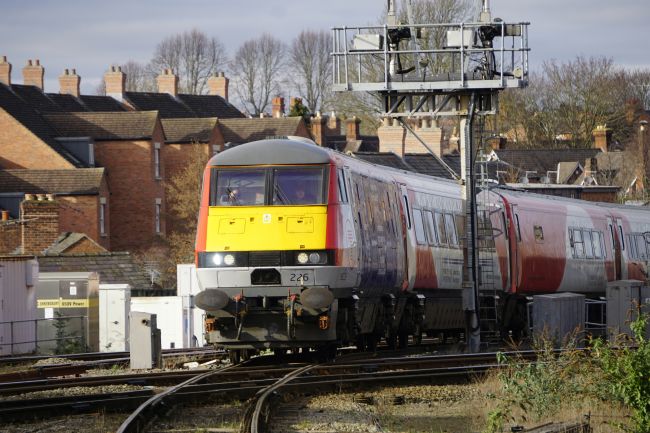Rail in a post-COVID-19 world – is the White Paper vision fit for purpose?
When the Government launched the Williams Rail Review in September 2018, Keith Williams already faced a daunting task.

When the Government launched the Williams Rail Review in September 2018, Keith Williams already faced a daunting task. Confidence in rail services among both passengers and their political representatives had been seriously damaged by the failure of the May 2018 timetable change, while the number of train operators facing financial difficulties was providing clear evidence that the franchising model in place since 2005, was no longer fit for purpose. These problems, together with plateauing rail demand (at around 1.7 billion rail journeys in 2017-18) and declining operational performance (with the public performance measure falling from 91% to 85% between 2011 and 2018), might well have been considered challenging enough when the Review began.
But as we now know, over the last year the railway has been tested in ways that Williams could never have predicted. The outbreak of COVID-19 and the economic and social dislocation introduced by the Government’s very necessary response has introduced unprecedented uncertainty into decision-making. In 2020, rail journeys were around a third of their pre-COVID levels, and future volumes are likely to be affected by a wide range of factors, including the ongoing need (or otherwise) for social distancing, the long term impact of re-discovery of leisure travel by rail and the extent, and persistence, of newly established preferences for home working. Hence, any attempt at forecasting the pace and pattern of recovery of rail demand looks either brave or foolhardy, depending on your perspective.
Against this background, the fundamental industry reforms proposed in the new White Paper - the Williams-Shapps reforms - appear even more timely. But why should we have faith in reform? After all, as Williams has previously acknowledged, there have been many reviews of the rail industry over the last 25 years, frequently ending in well-intentioned but ultimately ineffective proposals for change. And if the industry has struggled to meet passengers’ and taxpayers’ expectations in times of rising, or at least stable, demand, how much more might it struggle in the face of current uncertainty? Three reasons for optimism spring to mind.
Firstly, the sheer scope of the reform agenda – Williams was given the freedom to undertake a root and branch review, with no holds barred, and the White Paper giving voice to his conclusions recognises the need for change in every corner of the industry. The fact that we have a White Paper at all demonstrates that the Government is willing to pass the legislation necessary to deliver fundamental change, in sharp contrast to the patch-and-mend initiatives of the past. The Railways Acts of 1993 and 2005, and the Access and Management Regulations giving effect to European railway legislation, are now open to change as never seen before.
Secondly, a key focus for reform is the establishment of a ‘single guiding mind’ within a new industry body, Great British Railways. GBR will have overall responsibility for rail industry strategy, train service specification/procurement and infrastructure management, a clear response to the fragmentation and lack of accountability that characterise the current industry model. In future, passengers, taxpayers and other stakeholders will know where the buck stops, which should give them greater confidence in both the decisions made and the train services provided. At the same time, GBR will have much greater freedom to take a holistic view of the industry, whether it is developing strategy or planning day-to-day activity, a critical requirement in a post-COVID world. The request to Andrew Haines to start to lead implementation prior to legislation is an important first step towards achieving this, not least because of his industry-wide experience and understanding of how different activities, from tamping track to selling tickets, need to come together to deliver reliable and efficient rail services.
Thirdly, reform will establish a new relationship between the public and private sector that builds on lessons learned from the past. More specifically, it will include the introduction of a new passenger services contract (PSC), the design of which will be informed by TfL’s experience of the London Overground and Crossrail contracts that are clearly delivering for passengers. Under the new contractual framework, GBR will manage revenue risk, leaving train operators free to deliver excellent operational performance and service quality in response to powerful incentives.
At Steer, we are excited about the reform agenda because of the opportunities it provides for the reinvigoration of an industry that we are passionate about. We have been supporting the development of reform proposals since early 2019 when we began providing technical advice to the Williams Rail Review, and we are now acting as commercial advisor to DfT’s PSC design team and working with both DfT and Network Rail on wider aspects of reform. We look forward to helping to shape the next chapter in the evolution of Britain’s railways.

















